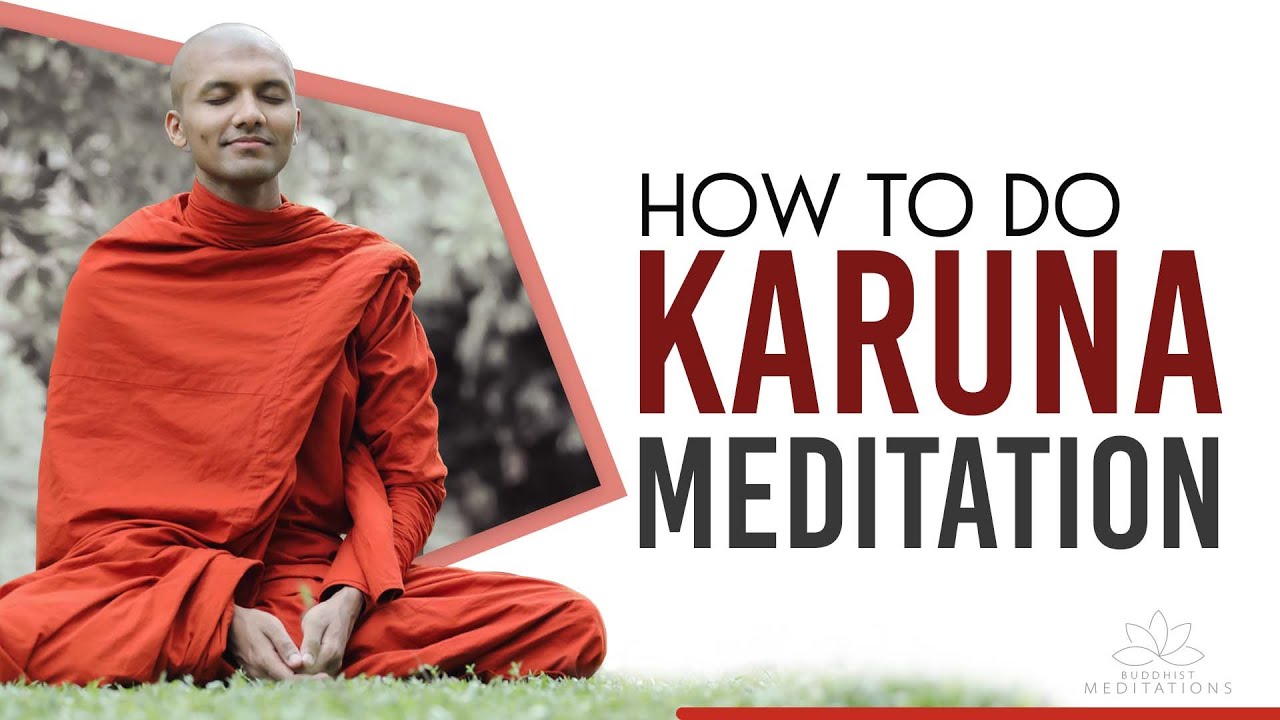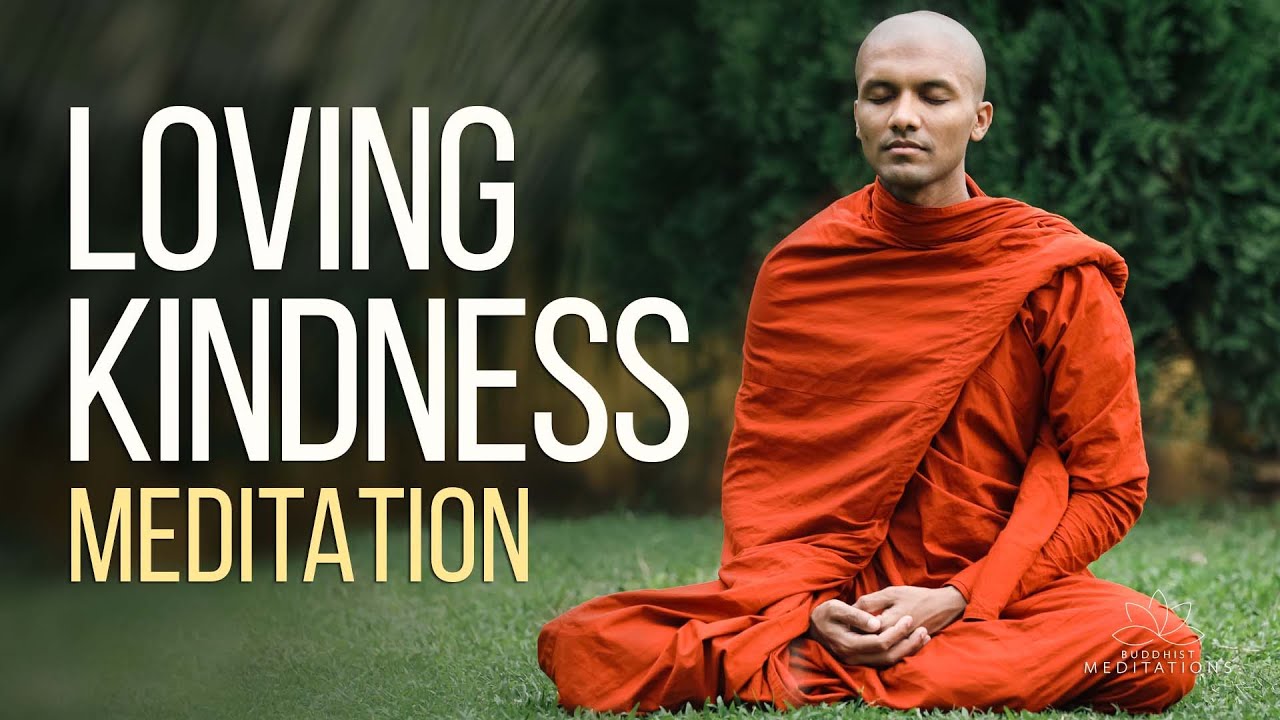10-Minute Guided Meditation: Self-Love | SELF
Summary
TLDRIn this guided metta meditation session, Manoj, a meditation teacher, leads the listener through a practice focused on cultivating self-compassion. Drawing from the ancient tradition of metta, the meditation encourages feelings of kindness, warmth, and acceptance towards oneself. Through a series of affirmations—‘May I be happy,’ ‘May I be safe,’ ‘May I be healthy,’ and ‘May I live with ease’—participants are guided to reflect on positive memories and allow themselves to experience warmth and tenderness. The practice concludes with a gentle invitation to carry these qualities into the rest of the day.
Takeaways
- 😀 Takeaway 1: Begin the meditation by settling into a comfortable position, ensuring your body is relaxed but alert.
- 😀 Takeaway 2: Focus on your breathing; take a deep breath in through the nose and exhale through the mouth to relax and ground yourself.
- 😀 Takeaway 3: Develop body awareness by noticing any sensations and sounds around you without judgment or need for explanation.
- 😀 Takeaway 4: Bring your awareness to your heart, acknowledging that it is both breathing and feeling, connecting deeply with yourself.
- 😀 Takeaway 5: Visualize yourself in the present moment or as a child, evoking a sense of kindness and compassion towards yourself.
- 😀 Takeaway 6: Repeat the phrase 'May I be happy' and recall a time when you felt joy, connecting emotionally with the feeling of happiness.
- 😀 Takeaway 7: Repeat the phrase 'May I be safe' while remembering a time when you felt secure and at ease, strengthening your sense of safety.
- 😀 Takeaway 8: Recite 'May I be healthy' and reflect on moments when you felt physically and mentally well, fostering a sense of well-being.
- 😀 Takeaway 9: Continue with 'May I live with ease,' recalling times when life felt flowing and simple, encouraging a sense of peace and relaxation.
- 😀 Takeaway 10: Cultivate the feeling of metta—love and kindness—and let it permeate your body, carrying this warmth and tenderness into your day.
Q & A
What is the primary aim of today's meditation practice?
-The primary aim is to generate feelings of kindness, acceptance, warmth, and tenderness for oneself through a practice called metta meditation.
What is metta meditation, and how old is it?
-Metta meditation is an ancient practice, over 2,500 years old, that focuses on cultivating feelings of love, kindness, and acceptance, both for oneself and others.
What is the importance of settling into a comfortable position during meditation?
-Settling into a comfortable position helps relax the body, allowing the mind to focus more effectively during meditation. Comfort is key to staying present and relaxed.
What posture is suggested for the meditation practice?
-You can sit, stand, or even lie down, but the meditation teacher suggests sitting with an upright and alert spine, without being rigid.
Why is it emphasized to not control your breathing during the meditation?
-Not controlling the breath allows the body and mind to relax naturally, fostering a more peaceful and present meditation experience. There's no need to force calmness.
How does the practice of noticing your body contribute to the meditation?
-Noticing your body brings awareness to the present moment, helping you connect with your physical presence, which is key to being mindful and present during meditation.
What role does visualization play in the meditation?
-Visualization helps bring up positive memories or feelings related to the phrases being repeated. It strengthens the emotional connection to the meditation's intentions.
What are the key phrases repeated during the meditation, and what do they represent?
-The key phrases are 'May I be happy,' 'May I be safe,' 'May I be healthy,' and 'May I live with ease.' These phrases are intended to foster self-kindness and positive feelings toward oneself.
How do the phrases relate to the physical body and emotions during meditation?
-As you repeat these phrases, you're encouraged to notice the feelings in your body. This helps cultivate a deeper emotional response, which is the essence of metta—love, kindness, and tenderness.
What is the intended outcome after the meditation session?
-The intended outcome is to carry the feelings of metta—love, kindness, and tenderness—with you into the rest of your day, creating a lasting impact on your mental and emotional well-being.
How does the teacher encourage participants to conclude the meditation?
-The teacher encourages participants to gently open their eyes and take a moment to notice how their body feels. They are also invited to set an intention to carry the metta practice into their day.
Outlines

This section is available to paid users only. Please upgrade to access this part.
Upgrade NowMindmap

This section is available to paid users only. Please upgrade to access this part.
Upgrade NowKeywords

This section is available to paid users only. Please upgrade to access this part.
Upgrade NowHighlights

This section is available to paid users only. Please upgrade to access this part.
Upgrade NowTranscripts

This section is available to paid users only. Please upgrade to access this part.
Upgrade NowBrowse More Related Video

20-minute kundalini yoga kriya to release anger, fear, grief | Yogigems

HOW TO DO KARUNA MEDITATION | Buddhism In English

Mindfulness Guided Meditation - 5 Minutes

Healing Affirmations for Mind Body + Spirit | Listen Daily for Best Results ✨

Guided Somatic Meditation For Deep Restorative Sleep | 12 Minutes

Loving Kindness Meditation...| Buddhism In English
5.0 / 5 (0 votes)